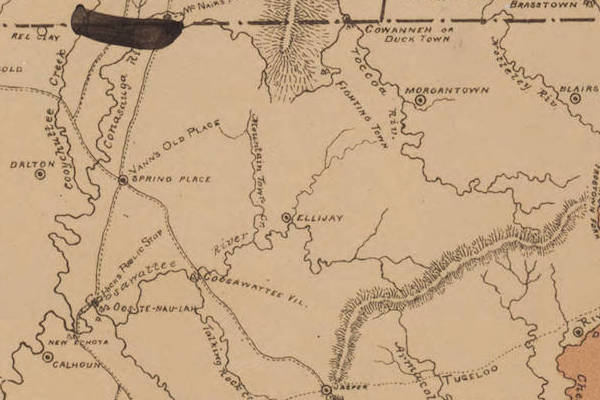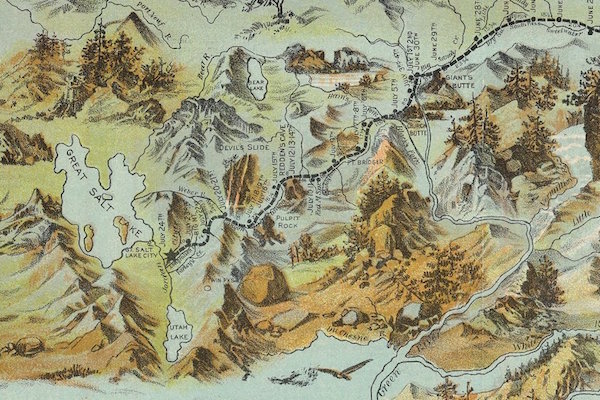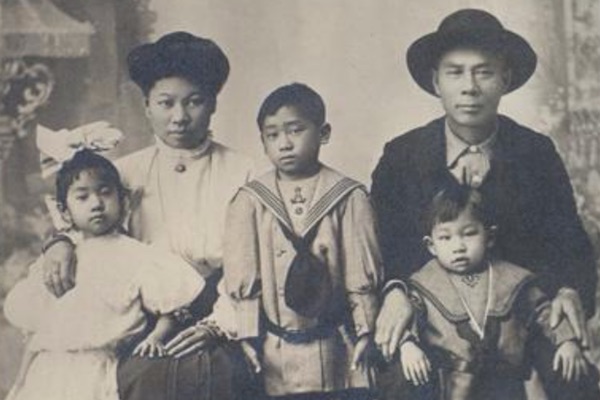Beginning in World War II, the Bracero Program brought Mexican laborers to the United States to remedy wartime production shortages. The program (which derived its name from the Spanish word for a manual laborer, “bracero”) continued until 1964, with braceros working mainly in agricultural areas in the Southwest and on the West Coast. Braceros worked long hours for low wages in difficult jobs that separated them from their families. In the United States, they also faced discrimination and became the subject of national labor debates. Get new insight into the Bracero Program and its workers through this collection of era photographs, documents, and oral history interviews.
 A photo of officials standing with a group of braceros by a Southern Pacific train in California, 1942.
A photo of officials standing with a group of braceros by a Southern Pacific train in California, 1942. A photo of braceros arriving in Salinas, California, in a Pacific Greyhound Line bus, 1942.
A photo of braceros arriving in Salinas, California, in a Pacific Greyhound Line bus, 1942. A photo of braceros sitting on the back of a flatbed truck holding hoes, 1942.
A photo of braceros sitting on the back of a flatbed truck holding hoes, 1942. A photo of a farm owner supervising braceros as they harvest sugar beets and toss them in the back of the truck, 1942.
A photo of a farm owner supervising braceros as they harvest sugar beets and toss them in the back of the truck, 1942. A photo of braceros eating in the labor camp dining hall, 1942.
A photo of braceros eating in the labor camp dining hall, 1942. A photo of a man walking among the labor camp buildings at Spreckels Sugar Company in Woodland, California, 1942.
A photo of a man walking among the labor camp buildings at Spreckels Sugar Company in Woodland, California, 1942. A photo of a group of braceros entering a church with the priest at the door and officials supervising, 1942.
A photo of a group of braceros entering a church with the priest at the door and officials supervising, 1942. A photo of braceros receiving paychecks in Skagit Valley, Washington, 1943.
A photo of braceros receiving paychecks in Skagit Valley, Washington, 1943. A photo of braceros before a return to Mexico, 1963.
A photo of braceros before a return to Mexico, 1963. Government report responding to Strangers in Our Fields, a book critiquing conditions for laborers in the Bracero Program, 1956.
Government report responding to Strangers in Our Fields, a book critiquing conditions for laborers in the Bracero Program, 1956.- An excerpt from a 2011 oral history interview with a father who worked as a bracero in Arizona and his son (in Spanish).
- A 2011 oral history interview with a man who grew up on a farm in Arizona recounting how hard the braceros worked in the fields.
 A 1951 letter to a Dallas newspaper, detailing the author’s opposition to “wetback labor.”
A 1951 letter to a Dallas newspaper, detailing the author’s opposition to “wetback labor.” A denied request for “300 Mexican nationals” to harvest pears, issued by the US Department of Labor, 1960.
A denied request for “300 Mexican nationals” to harvest pears, issued by the US Department of Labor, 1960. A transcription of a 1962 Los Angeles Times news story: “U.S. Charges Falsifying of Bracero Pay Books.”
A transcription of a 1962 Los Angeles Times news story: “U.S. Charges Falsifying of Bracero Pay Books.”
























